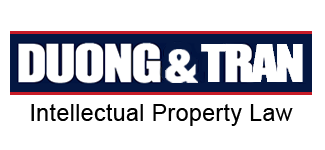To protect his exclusive rights, the trademark holder should himself or via a trademark agent implement trademark watch, identify trademark counterfeits and infringing goods, thereby decide whether, how and when to take action against the infringers for example:
- Sending a polite warning letter requesting the alleged infringer to stop infringement acts; or
- Performing the trademark right enforcement measures including administrative, civil, criminal and border measures.
The following measures are provided to ensure the respect and defense of the exclusive rights of the trademark holder.
Administrative measure
In order for the administrative measure to be taken, the right holder must file a request for handling of the infringement to the following administrative competent authorities:
- The Science and Technology Inspectors;
- The Market Management Bureaus;
- The Customs;
- The Police;
- The People’s Committees at district and provincial level.
Upon examining the legal evidences provided by the right holder, the authorities might force infringers to stop their acts of infringement. And depending on the nature and gravity of the infringement, the above authorities will impose administrative remedies and penalties including:
- Warning;
- Monetary fine;
- Complementary remedies such as seizure of infringing goods and any material, suspension of business activities; and
- Restoration remedies such as destruction or disposal outside the channels of commerce of infringing goods in such a manner as to avoid any harm to the right holder, delivery out of Vietnam or re-export of infringing goods after having removed infringing elements.
In addition, the right holder can require the administrative authorities to apply preventive measures as:
- Temporary hold of related individuals or the goods, means and implements used for such infringement;
- Search of related individuals, the place where infringing goods, means and implements are stored.
Civil measure
Competent Courts for civil proceedings are:
- The People’s Courts at district level (including the Civil Courts);
- The People’s Courts at provincial level (including the Civil Courts and the Economic Courts); and
- The Supreme People’s Court (including the Civil Court and the Economic Court).
The civil remedies may be obtained through a suit including:
- Forced to desist from an act of infringement;
- Forced to make a public rectification or apology;
- Forced to perform a prescribed civil obligation;
- Forced to remove the signs of infringement from infringing goods to be circulated for non-commercial purposes;
- Forced to destroy or dispose outside the channels of commerce of infringing goods in such a manner as to avoid any harm to the right holder; and
- Forced to compensate for infringement damages.
Where appropriate, in particular where infringement is likely to cause irreparable harm to the right holder, or where there is a demonstrable risk of evidence being destroyed, the following provisional judicial measures can be applied.
- Seizure;
- Attachment;
- Sealing, prohibition of changing status or displacing; and
- Prohibition of transferring ownership.
The damages can be calculated on spiritual and physical damages of plaintiff, for example the lost sales or profits and reasonable expenses for prevention and restoration from such damages etc. as a result of the defendant’s infringement.
Criminal measure
Criminal remedies in accordance with the criminal laws and regulations are applied for any person who infringes intellectual property rights having factors that constitute a crime or commits a repeat offense after being subject to administrative remedies for IPR.
Competent criminal courts are:
- The People’s Courts at the district level;
- The People’s Courts at the provincial level; and
- The Supreme People’s Court.
The remedies available includes:
- Warning;
- Monetary fine;
- Non-detained re-education;
- Imprisonment; and
- Prohibition from holding an official position or conducting a business within a certain period.
Border measures
The right holder has the right to request the Customs Office to take the following border control measures to prevent IP-related imports and exports of infringing goods.
- Suspension of customs procedures for suspected infringing goods; and
- Supervision to detect infringing goods.
The right holder should, himself or via his IP representative, lodge an application to the General Department of Vietnam Customs, local Customs Departments, or customs Sub-departments. In the application, the right holder should provide adequate evidence of a prima facie infringement of his IPR and supply a sufficiently detailed description of the goods to make them readily recognizable by the Customs Office. The right holder should also provide documents proving his IP rights (i.e. certified copies of the certificates of trademark registration) and deposit a sum of money in cash or in the form of bank guarantees.
The term of suspension of customs procedures is 10 working days. This term may be prolonged up to 20 working days provided that an additional equal amount of money is deposited.




